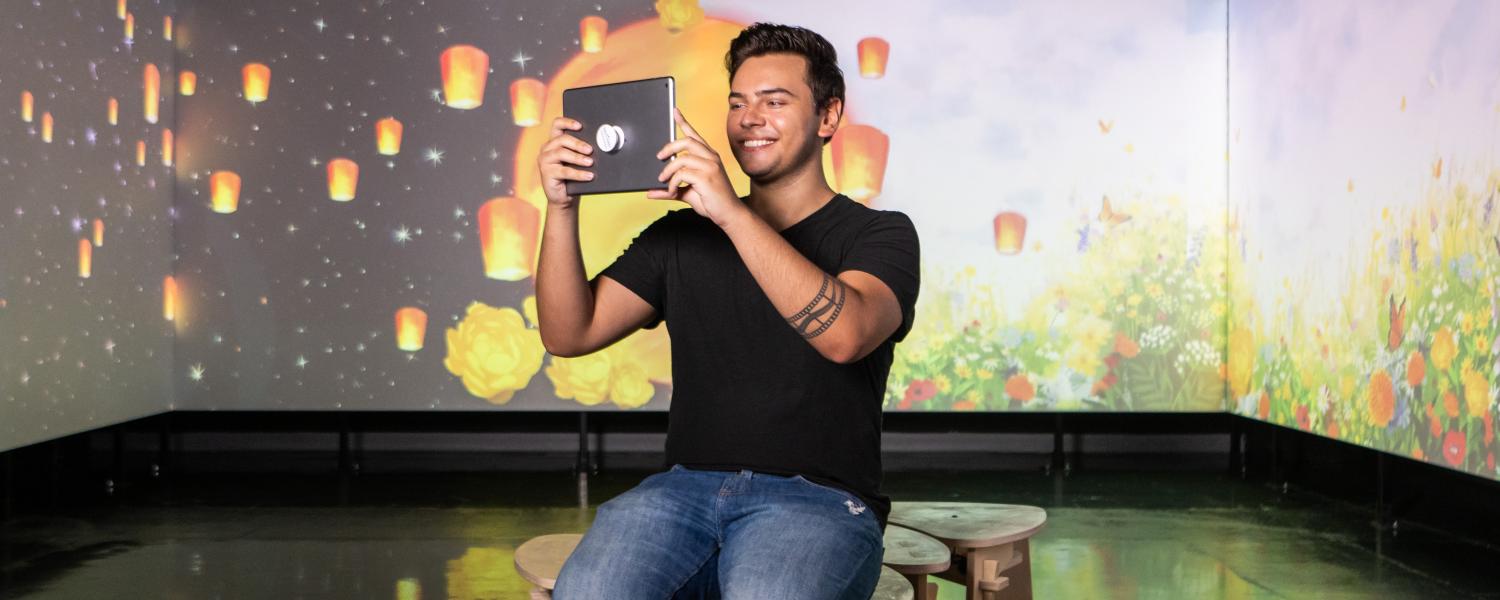
User experience encompasses every aspect of the user's interaction with a product, service or company that make up the user's perceptions of the whole. As a discipline it is concerned with all the elements that together make up that interface, including layout, visual design, text, brand, sound, and interaction. User experience works to coordinate these elements to allow for the best possible interaction by users.





